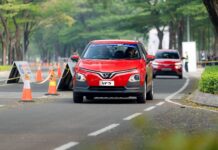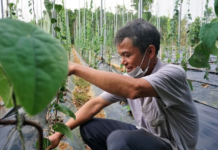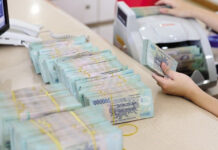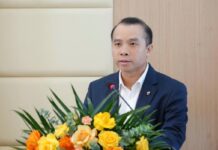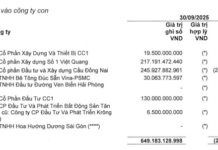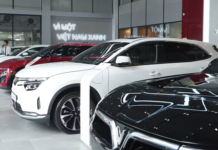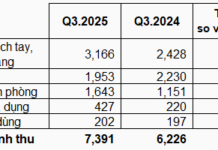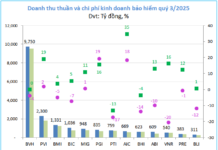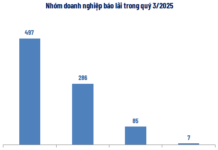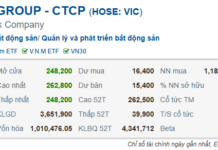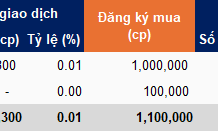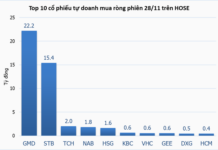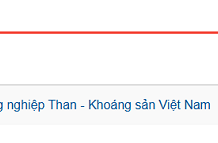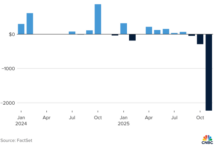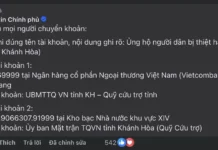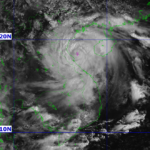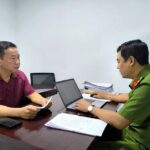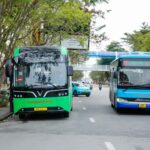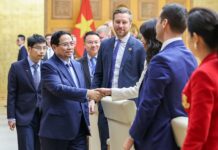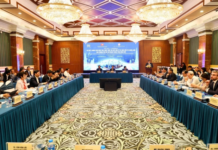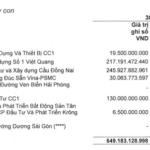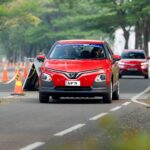Ensuring a Joyful Celebration for All on the Country’s Grand Festival
Prime Minister Pham Minh Chinh has just signed Official Dispatch No. 145/CD-TTg, requesting ministries, sectors, and localities to strengthen efforts in ensuring safety, security, order, environmental sanitation, and public health during the National Day holiday.
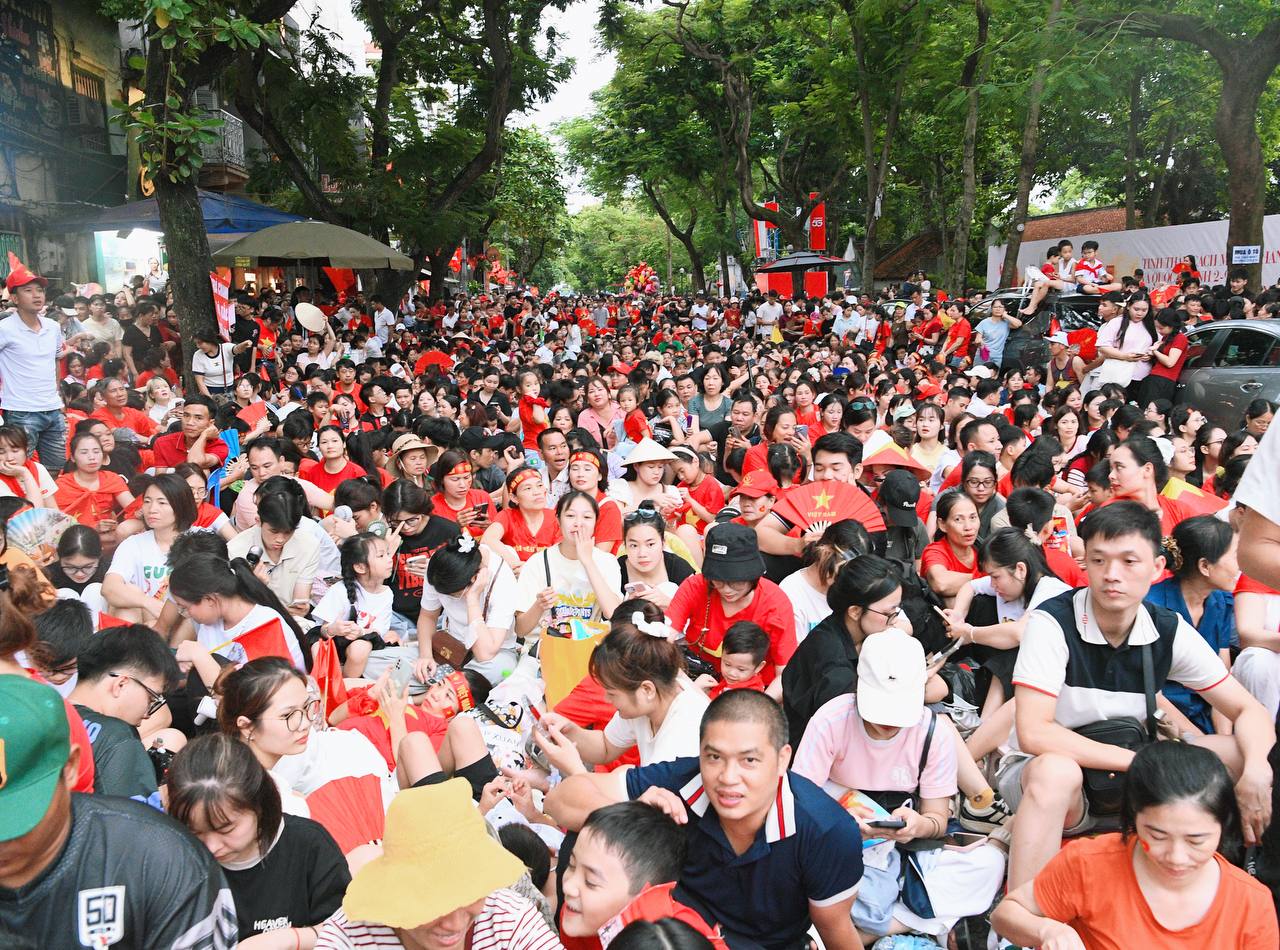
Tens of thousands of people flocked to the downtown streets to watch the parade yesterday (Aug 24). Photo: Trung Le
The Prime Minister requested the Ministry of Public Security and the Ministry of National Defense to direct functional forces to strengthen patrols, promptly detect, prevent, and strictly handle cases of security disturbances, traffic order violations, and resistance to on-duty officers.
Ensure absolute security and safety for the people, especially at celebration venues nationwide, safeguard independence and sovereignty in cyberspace, and combat fake news and toxic content on social media platforms.
The two ministries are also assigned to closely coordinate with relevant agencies to promptly detect and strictly handle acts of taking advantage of the celebrations to cause public disorder, insecurity, and instability.
Medical Teams on Standby for Emergency Response at All Celebration Venues
The Prime Minister requested the Ministry of Health to take the lead and coordinate with relevant ministries, agencies, and localities to ensure medical services during the celebration period.
Provide guidance and directions for COVID-19 prevention and control measures, environmental sanitation, and food safety; be ready to deploy response forces in case of disease outbreaks; regularly direct environmental sanitation, and inspect drinking water, raw materials, and food at all celebration venues.
“Mobilize medical facilities and arrange medical staff to form emergency response teams during the entire celebration period and at all venues; ensure sufficient medicines, equipment, and ambulances; direct some medical facilities to prepare beds for emergency situations, especially during the celebration, parade, and procession to commemorate the 80th anniversary of the August Revolution and National Day,” the dispatch states.
Providing Shelters, Free Food and Drinks, and Other Amenities for the People
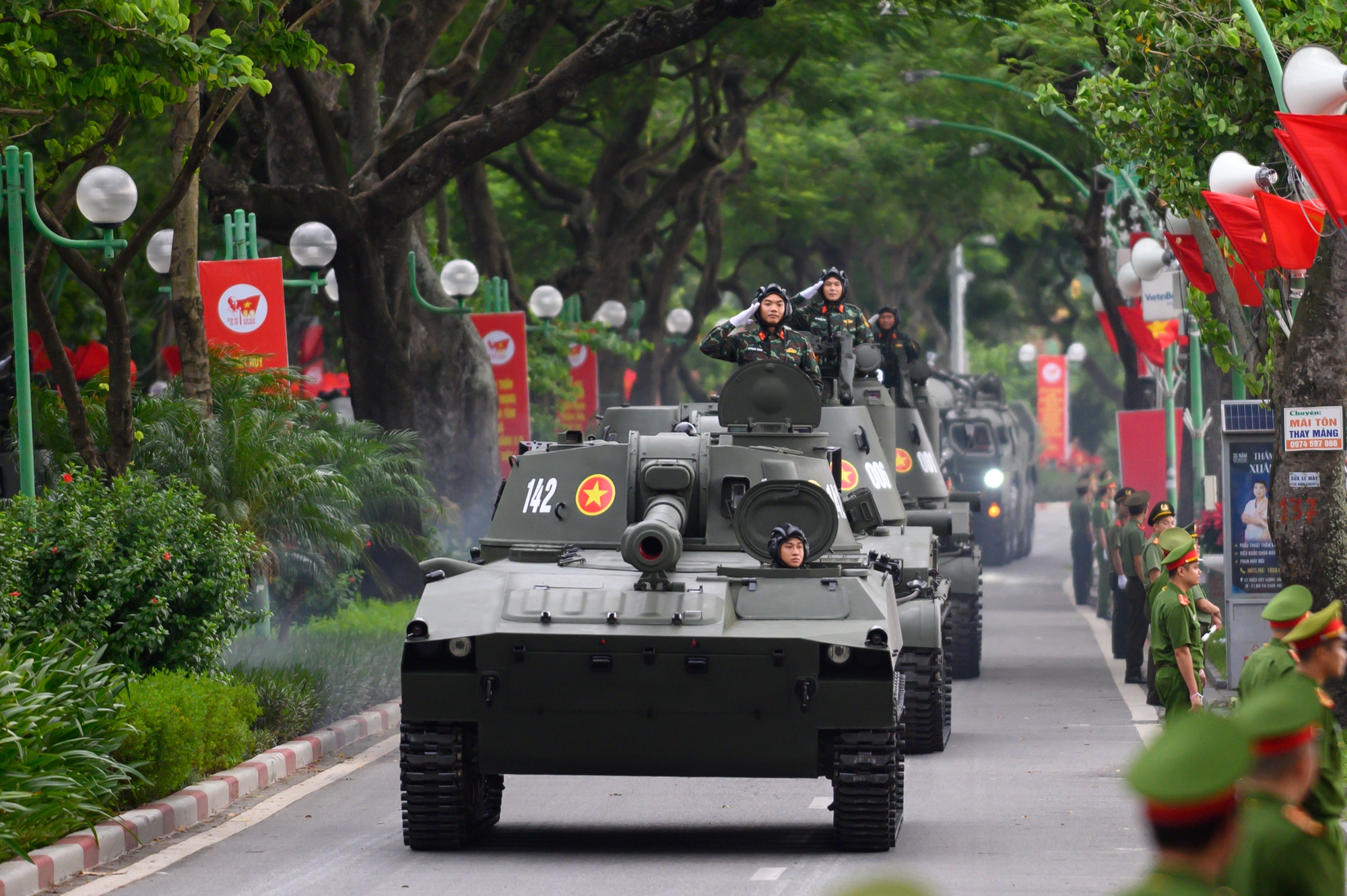
Military hardware makes its way to Ba Dinh on Aug 24. Photo: Trung Le
The People’s Committee of Hanoi is assigned to coordinate with relevant agencies to ensure the arrangement of sufficient public toilets, garbage collection points, and enhanced sanitation to create a clean, safe, and civilized environment during the holiday. Provide shelters, rain and sun protection, and offer free bread, drinks, and umbrellas to the people when they visit public places…
The Ministry of Agriculture and Environment is assigned to guide ministries, sectors, and especially provinces and centrally-run cities in ensuring environmental sanitation at venues with large gatherings, parades, processions, artistic performances, and fireworks displays.
Additionally, the Ministry of Construction is assigned to guide localities in inspecting the hardness and load-bearing capacity of stages, grandstands, and gathering areas to ensure traffic safety and, most importantly, the safety and health of the people.
Activating the Whole Sector: Prioritizing Dam Safety and Essential Supplies for Typhoon Response
Amid the extremely perilous situation posed by Typhoon No. 5, with its intense strength and wide-reaching impact, the Ministry of Industry and Trade sprang into action. On August 23 and 24, 2025, the Ministry issued two urgent dispatches, mobilizing the entire industry to implement swift and decisive disaster response measures with the utmost urgency and proactivity.
“Celebrating Vietnam: A Lotte Mart 2/9 Shopping Extravaganza with Huge Discounts!”
Celebrating the 80th National Day on September 2nd, LOTTE MART transforms its supermarket space into a vibrant festival with a massive promotion of up to 50% off and hundreds of attractive offers, providing customers with an emotional and cost-saving shopping experience.
Unlocking the Capital: Free Rides on Hanoi’s 130 Bus and Metro Routes from August 30 to September 2
From August 30th to September 2nd, Hanoi is offering free rides on all subsidized buses and the metro to celebrate the 80th anniversary of National Day. This initiative is open to both locals and tourists, providing a unique opportunity to explore the city and its attractions without the cost of transportation.
The Raspberry Master: An Early Riser’s Journey to Witness History Unfold
A group of enthusiastic sisters took their love for their hometown’s specialities to the next level by bringing a traditional chicken stew hotpot to the heart of Hanoi while eagerly awaiting the military parade. Their unique picnic spread caused a stir on social media, with many captivated by their hearty feast.


